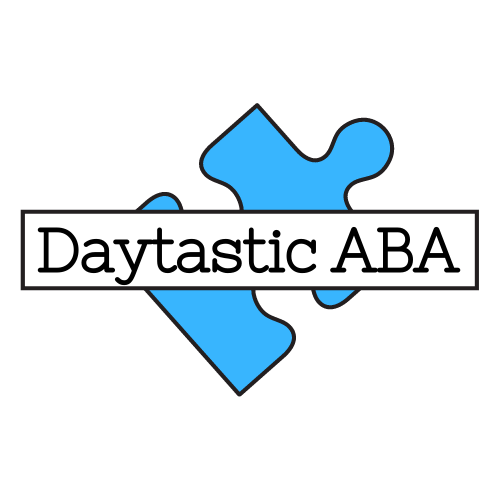WHAT IS ABA?
Click here to download our ABA essentials guide. This resource guide is the first step in finding the right provider for you.
DAYTASTIC TEACHING STRATEGIES
Dayastic ABA prides itself on creating innovative and responsive teaching strategies. Learn more about our teaching strategies and methods.
ABA AND ME
Download our guide to see what you can expect from taking part in the most widely recognized evidence-based treatment for autism.
MY EMOTIONAL JOURNAL
Help your child learn how to identify and process big emotions with their own emotions journal.
Daytastic ABA Blog: Resources to Equip & Empower Parents & Caregivers of Children with Autism

The wider world of ABA is vast and varied. It includes addiction recovery, post injury rehabilitation, aging populations, anxiety treatment, and more. But at Daytastic ABA we remain committed to the hearts and hands of early intervention because we believe that when we support a child, we change the future.

Acceptance and Commitment Training offers a powerful and compassionate framework for enriching ABA practice. By addressing the internal barriers that interfere with learning, ACT helps clients develop psychological flexibility, build resilience, and live in accordance with their values even when it's uncomfortable.









